If you’re a B2B marketer, here’s what you need to know about Customer Satisfaction (C-Sat) and why you should be wary of NPS as a sole measure of customer experience.
Net Promotor Score (NPS) was developed in 2003 by Fred Reichheld, a Bain Partner who set out to correlate customer experience with behavior, like loyalty, future purchases and being an active advocate for the brand. This was validated by lots of data collected by Satmetrix, the company that sponsored this research. The method has parlayed NPS as the “Good Housekeeping Seal” for companies of all stripes.
However, adopting NPS as a singular method of measuring C-Sat is flawed, according to Customer Experience experts. Here is a quick summary of the pros and cons of NPS as a methodology to measure customer experience and predict loyalty:
Pros
Simplicity: NPS is simple and straightforward; it’s not likely the customer will misunderstand the question. The simplicity of the single core question invites participation. Because this method is ubiquitous, the participant knows they are in for a short ride when they enter the survey, which leads to high completion rates.
Easy to Understand and Communicate Internally: There are other valid measures of customer experience that report out findings that are more complex and may be difficult to digest. Knowing that, for instance, 60% of customers are “promoters”, up from 58% last year, is a more palatable and simpler message.
Lends itself to benchmarking: Satmetrix offers industry benchmarking; a company can compare results to industry peers, as well as their own historical results.
Cons
NPS confuses the relationship with the transaction: The most common use of the NPS survey actually is right after a transaction. This timing confuses the momentary attitude about the encounter (the transaction) the customer just had with the overall relationship, which is what the NPS question really addresses. This may have some limited value in a B2C transaction. However, in B2B, the relationship is far more complex, with the provider’s services touching multiple people within the customer organization, in different ways, and over time. This complexity requires a more comprehensive approach to assessing the customer experience.
Begs the real questions: The vast majority of companies implement NPS as the defacto “sole solution” for measuring customer experience – it stands alone in actual practice. Without a more detailed dive into the “why” of these ratings, the company is left without insights that are truly actionable. What exactly is driving that customer’s “likelihood to recommend” and how can an organization impact those drivers? In B2B, where relationships tend to be sticky and are bound by longer-term contracts, the more important question is: How does this fabric of perceptions of customer encounters over time affect loyalty? This is most often expressed as likely to renew the contract and to deepen the relationship.
Directional at best: As mentioned above, NPS scores enable benchmarking, both historical and against others in the industry. While it may be helpful to know that detractors are being reduced or promoters enhanced by a few points, then what? How does a company create measurable improvement? What has it really learned that will improve future results? The lack of granularity with NPS limits its ability to shed light on specific areas requiring focus.
If the true goals of a company include improving loyalty and retention, NPS provides a partial solution at best. The sole reliance on NPS could be considered a negative — if a company mistakenly determines it can now “check the C-Sat box”.
Rather, it is critical to institute a more in-depth C-Sat program that seeks to get to the “why” of customer engagement and loyalty. Marrying NPS with a root cause analysis process is much more likely to be useful in improving customer experience. Equally important, adopting an in-depth follow-on process enables you to be more predictive of retention risk on an individual customer account level.

